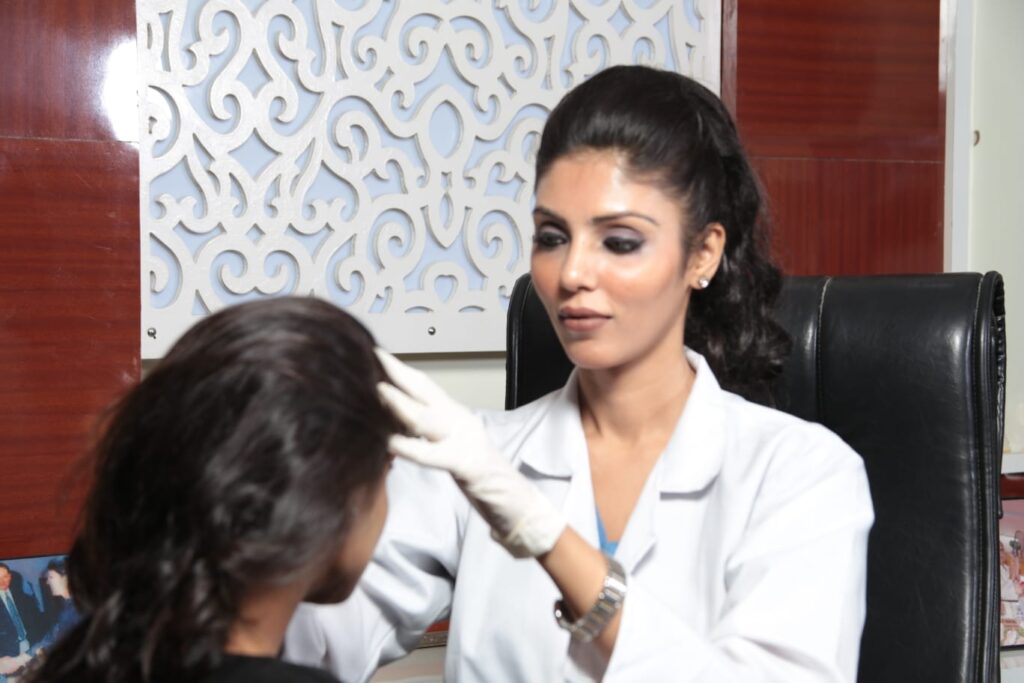
A Dermatologist’s Comprehensive Guide to Atopic Dermatitis
Eczema, also known as atopic dermatitis (AD), is the most common inflammatory skin condition in the world. Up to 15% of people are impacted by it at some point in their lives. This disorder usually affects persons who have a “atopic tendency,” meaning they have a family history of food allergies, asthma, or hay fever. People of all ages and colors are impacted.
Typically beginning in infancy, atopic dermatitis affects up to one out of every five children. 5–15% of young individuals up to age 26 may experience it, though it may disappear in late infancy and adolescence.
Which risk factors contribute to atopic dermatitis?
The following are risk factors for atopic dermatitis or eczema:
Atopic dermatitis: what causes it?
Atopic dermatitis is a skin disorder that can be brought on by a number of things, such as environmental conditions and genetics. It is common for this illness to run in families. The skin barrier of affected individuals is altered by gene change, which permits irritating substances and particles to penetrate the skin and results in inflammation and irritation. Environmental factors include exposure to allergens, bacterial and viral infections, and skin contact with soap, detergents, and other chemicals.
Any part of the skin, including the face, can be affected by eczema. The most frequently impacted parts of the body are the neck, wrists, and creases around the elbow and knee joints. Usually, the afflicted skin is red and dry. It may get wet and tear during a flare-up when it is very active. When the skin on the palms and soles gets inflamed, little blisters packed with fluid develop. Repeated scratching can cause skin to thicken (a process called lichenification), which makes it itchy. The skin may lighten or darken (post-inflammatory hyperpigmentation or hypopigmentation) as it recovers. Months may pass before it is resolved.
Which symptoms are indicative of atopic dermatitis?
The skin condition known as atopic dermatitis causes dry, red, itchy skin that cracks and bleeds. Eczema causes the skin’s barrier to malfunction, leaving the skin drier and making it easier for allergens to enter, which can make the rash weepy, crusty, and prone to infection. The hands, face, neck, elbows, and back of the knees are all affected, and it typically first appears in infancy. Additionally, it is more common in the arid winter months.
What options are there for treating eczema or atopic dermatitis?
It is possible to treat eczema or atopic dermatitis, which helps avoid the painful or itchy flare-ups that this skin condition occasionally causes. Improving the skin barrier, reducing triggers, and treating flare-ups as soon as they happen are the main goals of eczema treatment.
How may atopic dermatitis or eczema be prevented from affecting the skin?
Flares of eczema can be avoided by adhering to a simple skincare regimen. The following ideas could help reduce eczema’s effects: